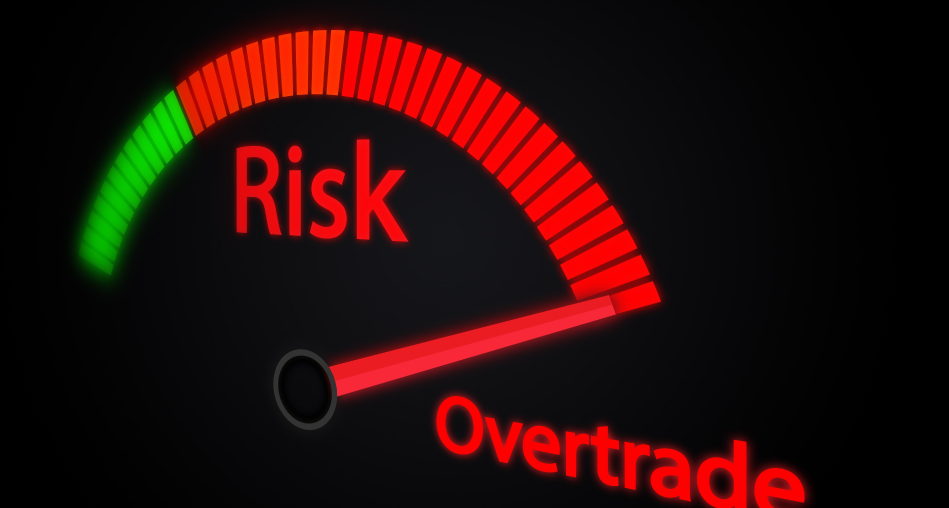Introduction:
Algorithmic trading has exploded in popularity in recent years.
By letting algorithms execute trades automatically based on predefined strategies, algo trading promises efficiency and lightning-fast order execution. But is algorithmic trading destined to dominate financial markets?
In this article, we’ll examine the major pros and cons of automated trading systems.

Pros of Algorithmic Trading:
-
Speed – Algos can scan markets and react in milliseconds, executing far faster than humans.
-
Emotionless – Algorithms stick to programmed logic without fear, greed or other biases.
-
Efficiency – Well-designed algorithms minimize costs by optimizing executions.
-
Scalability – Automated strategies can be applied across thousands of stocks simultaneously.
-
Customization – Algos can be customized for specific strategies, markets, and timeframes.
Cons of Algorithmic Trading:
-
Potential Overoptimization – Curve fitting can lead to algorithms that fail out of sample.
-
Increased Systemic Risk – Widespread algo mistakes could trigger mass volatility.
-
Less Creativity – Algos act based on historical data rather than forward-looking assessments.
-
Hidden Flaws – It takes significant skill to code profitable algorithms without errors.
-
False Sense of Security – Algos still require monitoring and adaptability when conditions change.
The Verdict:
For sophisticated traders, algorithmic trading offers powerful advantages in speed, efficiency, and emotionless discipline. However, algorithms lack human insight and remain prone to hidden errors and overoptimization. For algo trading to keep growing, developers must emphasize robustness, adaptability and prudent risk management. When used properly, algorithmic trading can no doubt benefit certain trading strategies and complement human traders. Yet full automation is unlikely to completely take over trading any time soon.
Conclusion:
Algorithmic trading boasts benefits but also has downsides to consider before fully automating your strategy. With prudent design and ongoing refinements, algo trading promises to keep evolving as a major force in financial markets into the future.







